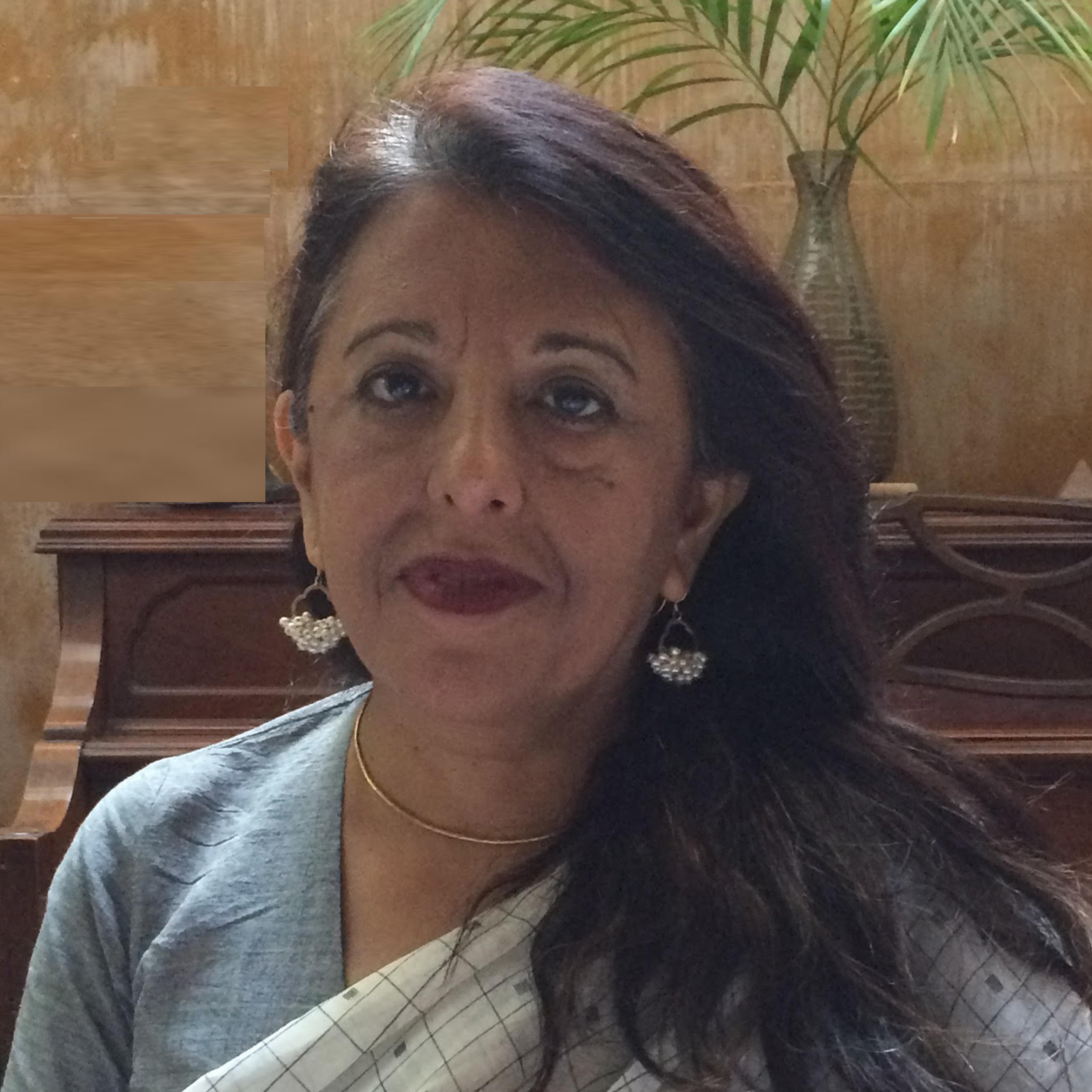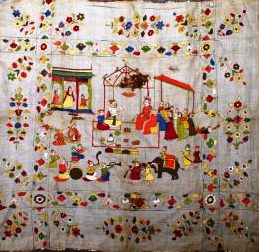The extraordinary skill of the Indian textile craftsperson’s and weavers is visible not only in museums and collections all over the world but in everyday life and practice in India. Whether it be an elegant indigo and white woven handloom length, a complex, mathematically precise double tie-dye Patola ikat, a brocaded tapestry destined for couture houses in Europe , a floral woven sari of gold, an embroidered rumal used to wrap a gift for a visiting head of State, a hand printed textile created with multiple inter-connected wooden blocks to be sold in the high streets of Europe or a painted textile temple hanging revered and worshiped, they represent but a small fraction of the vast repertoire of Indian craftsmanship of creating and embellishing textiles through spinning, dyeing, weaving, tying, embroidering, painting, embellishing and block-printing.
Using material as varied as wild silk to cotton, hemp, jute, banana fibre, wool, pashm and tree bark the textile tradition represents everything that it great about Indian craftsmanship- originality, versatility, design and technical virtuosity and adaptability to contemporary modes. A lineage stretching back over five millennia, excavations at ancient site...




